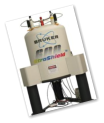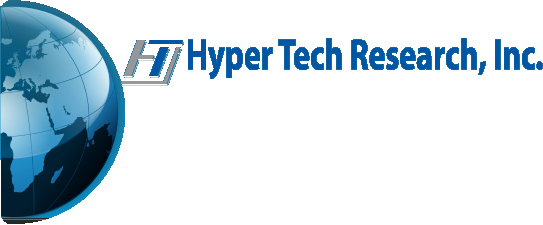







Medical
The resolution of the imaging technique depends on the
magnitude of magnetic field gradient and efforts are made to
develop increased field strength, often using superconductors.





© Hyper Tech Research, Inc. 2014
Superconductors in Medical Applications
Existing superconducting MRI systems use niobium titanium (NbTi), a
metal superconductor, and require liquid helium bath cooling, which results
in large, high-cost systems. The current MRI market growth is driven by
three factors: 1) the requirement for having a more open structure, 2) the
use of smaller and less complicated systems, and 3) the need to lower the
cost of MRI diagnoses to the patient (and the insurance carrier). These
factors can be satisfied by building and supplying smaller, less complicated
(liquid helium free), lower cost superconducting MRI systems. This
requires magnets that can operate at higher temperatures (higher than 4.2
Kelvin) and can be cooled conductively with a cryocooler and small
refrigerator instead of convectively in a large liquid helium container and an
attached re-condensing refrigerator. MgB2 superconducting wire will
function in the 20 to 30 Kelvin temperature range and can be supplied at
an overall wire cost similar to that of NbTi wire, which operates at 4 Kelvin
or lower. Also, MgB2 can be supplied at one-tenth the cost of ceramic high-
temperature superconductors (YBCO and BSCCO).
The combination of lower wire price, higher operating temperature, and
lower cooling costs will enable MRI manufacturers to build systems that
require no liquid helium to directly cool the magnet, offer more open
access systems to meet market needs, and have lower initial system costs
and operating costs.













